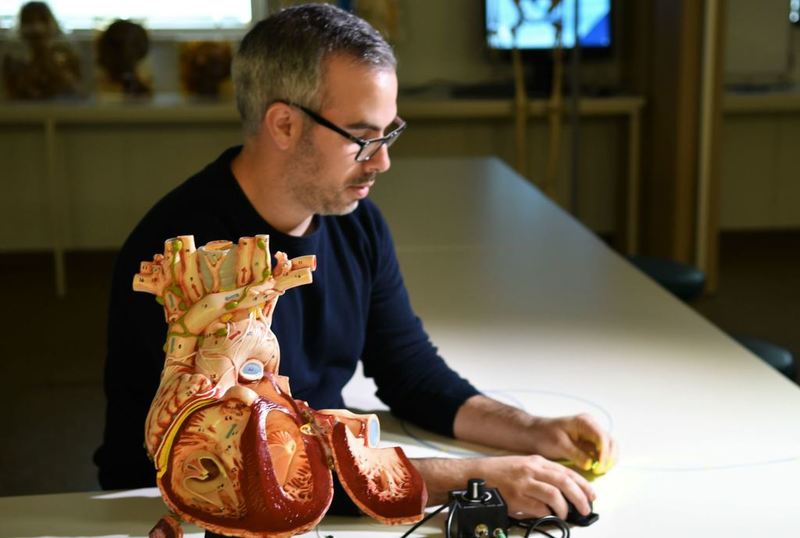
Researchers at Flinders University in Australia have developed a new micro-medical device to continuously monitor blood flow during heart surgery procedures.
The cardiac flow monitoring device incorporates a tiny fibre-optic sensor for real-time measurement of blood flow. It can be inserted via a small keyhole aperture in the skin and into the femoral artery.
According to the team, the heart probe could be better than standard approaches for monitoring blood flow through the aorta during lengthy intensive care and surgical procedures.
The researchers believe that the sensor-catheter device possesses the potential to save lives in open heart surgery and can be utilised during surgery on pre-term babies.
Flinders University strategic professor and research leader John Arkwright said: “The minimally invasive device is suitable for neonates right through to adults.
“It’s a far more responsive measurement compared to traditional blood flow monitoring – and without life-threatening delays in the period ‘snapshot’ provided by current blood flow practices using ultrasound or thermo-dilution.”

US Tariffs are shifting - will you react or anticipate?
Don’t let policy changes catch you off guard. Stay proactive with real-time data and expert analysis.
By GlobalDataDr Scott Morris from the Flinders University College of Medicine and Public Health added that the new device could offer advantages over existing methods which provide intermittent measurements of average blood flow.
The researchers are currently seeking industry partnerships for further development of the device.
Research chief investigator Dr Albert Ruiz-Vargas noted: “The proof-of-concept prototype is potentially a low-cost device which has passed initial testing in a heart-lung machine.
“It’s a simple design, which can give readouts similar to a pulsating heartbeat response on a laptop or nearby screen.”
The team intends to conduct additional research on the working of the new sensor under more physiological conditions. They will also assess various encapsulations focused on human safety.



